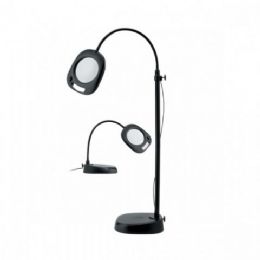
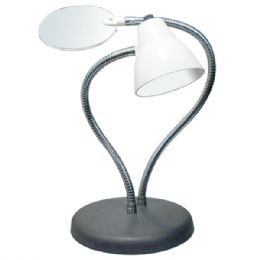
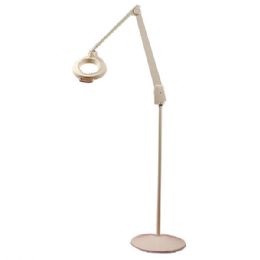


.jpg&newheight=260&quality=80)

~1.jpg&newheight=260&quality=80)




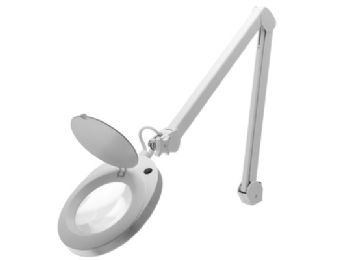
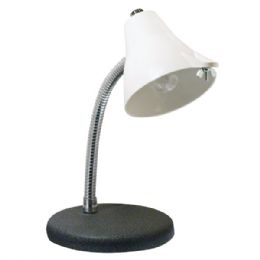
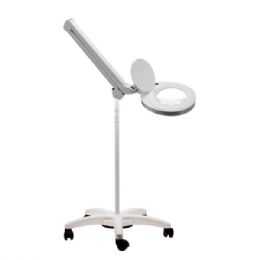
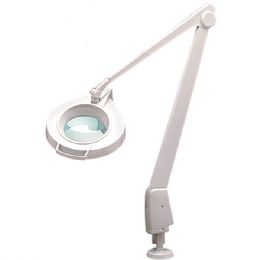

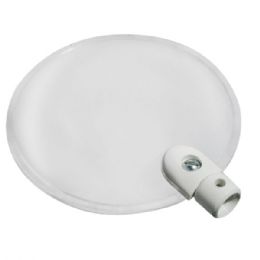
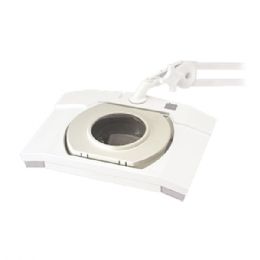
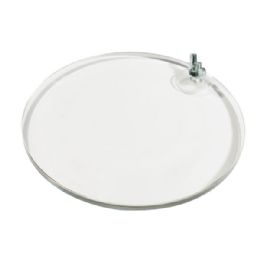
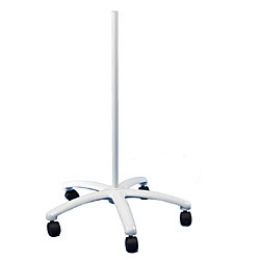
What is a Magnifier Lamp?
A magnifier lamp combines two important aspects, illumination and magnification, for doing intricate craft and task work that involves viewing small items like embroidery, beading, jewelry, computer chips, and stamps and coins. The lamp provides light, and the attached magnifying glass allows a clear way to visualize small things and objects.
Why Use a Magnifier Lamp?
For an individual who works with small precision assembly of objects like computer chips, jewelry, parts inspection, or require assistance with their vision with near or small objects, a lighted magnifying lamp can be tremendously helpful in reducing eye strain and vision fatigue. Task lighting is the combination of proper lighting as well as clear magnification which is important in achieving a good, clear viewing situation.
When working with small objects it is best to use good quality task lighting to clearly see the object that is being worked on, and a magnifying lens is also a perfect device to observe detailed physical descriptions when working on small objects. Combining the two can offer the best way to easily read or inspect materials or small objects with less eye strain and eye fatigue.
When using a magnifier lamp, the benefit is being able to have ‘hands-free’ viewing and ability to work on the object while under magnification. When working with electronics or other task work, having a hands-free operational environment is essential.
What are the Different Types of Light Bulbs Used in a Magnifier Lamp?
Clear, bright and strong lighting is essential when using a magnifier lamp where many homes and workplace locations have indirect or shadow-filled areas which can result in a marginal ability in viewing work or hobbies or to increase the field of view for individuals with poor vision while reading. A magnifier lamp can help compensate for a poor viewing area with quality halogen, fluorescent, or LED lighting.
Since 2007, the United States may no longer manufacture or import 60-watt incandescent light bulbs, and stores can only sell the incandescent light bulbs they have in stock. Some good choices for light bulbs to use with a magnifier lamp are:
Compact fluorescent light bulb – The CFL bulbs contain mercury gas that provides invisible ultraviolet (UV) light when the mercury gas is charged by electricity. When the invisible UV light hits the white coating inside the bulb, the white coating changes the UV light into light you can see. While this light is cheaper to use than an incandescent light bulb by using 75% less energy, it does turn on more slowly and also doesn’t work with dimmer switches. This type of lighting is best used anywhere lighting is often left on for period of time such as bedrooms, offices, and family rooms.
Halogen light bulb – While these bulbs are technically incandescent bulbs, the difference is the filament is surrounded by halogen gas. When the bulb is turned on, the tungsten for the filament is quickly evaporated into the halogen gas which provides illumination. The halogen gas will then carry the evaporated tungsten particles back to the filament and will redeposit them, thereby using less electricity than an incandescent bulb. A halogen bulb will glow just as brightly as an incandescent bulb, offering the best applications for office lamps, reading lamps, display lighting, and of course, for magnifier lamps.
Light-emitting diode – LED light bulbs are comprised of small, thin LED chips that become illuminated by the excited movement of electrons through a semiconductor material. The small LED chips, or LED bulb, allow for a more compact lamp design fixture, and will emit and focus light in a specific direction, versus in a 360 degree direction as most light bulbs. This is a good light bulb to use to illuminate tight areas as well as places where thin profiles are needed, such as under cabinets, or in a particular area such as a spot on a table or over a chair. Using 75% less energy as an incandescent bulb, an LED bulb will also last up to three times longer than most CFLs. An LED bulb will not experience a delayed warm-up start, are cooler to the touch, and are a more sturdy type of bulb due to no filament inside the bulb to break.
What are the Different Properties of a Magnifying Glass?
To better understand the best magnifying glass, it is best to have a comprehension of how a magnifying glass works.
A diopter - A diopter refers to the curvature of a magnifying lens. As the diopter curvature increases, the lens becomes thicker, and as the curvature increases, light rays are redirected to fill a greater area of the user’s retina, making the object look bigger.
Field of view – The size of the magnified focused area lying under the lens. As the power of the magnifying lens increases, the field of view decreases, and vice-versa. Although a more powerful lens will make small details look bigger, less of the total object being viewed is visible.
Magnifying power – Refers to how much bigger an object will appear when looking through a magnification lens. A magnification power is commonly indicated by an “X” symbol, such as 2X, 4X, 8X, etc.
Focal length –Also known as the viewing area, this is the distance from the bottom of the magnifying lens to the object that is being viewed, and the focal length will decrease as the strength of the lens increases. It’s kind of like shining a flashlight on a dark wall; when the flashlight is closer to the wall, the circle of light become smaller and more focused. When the flashlight is further away from the wall, the circle of light will become larger but less focused.
Some Tips When Using a Magnifying Glass
When viewing through a magnifying glass, the user should use both eyes, similar to when using a comfortable pair of prescription glasses.
Make sure the magnifying lens is in a position to keep the viewing object in focus while the user’s eyes are between 8 – 10 inches away from the magnifying glass.
To battle fatigue and pain, remain in good posture by keeping the working surface and chair height at a comfortable distance where the user isn’t leaning away from the magnifying lens when viewing the object.
Rehabmart is pleased to offer a wide selection of innovative magnifier lamps from such superior quality vendors as MaxiAids, LLS, Daylight, and Aven Inc.
Hulet Smith, OT
Rehabmart Co-Founder & CEO
ws